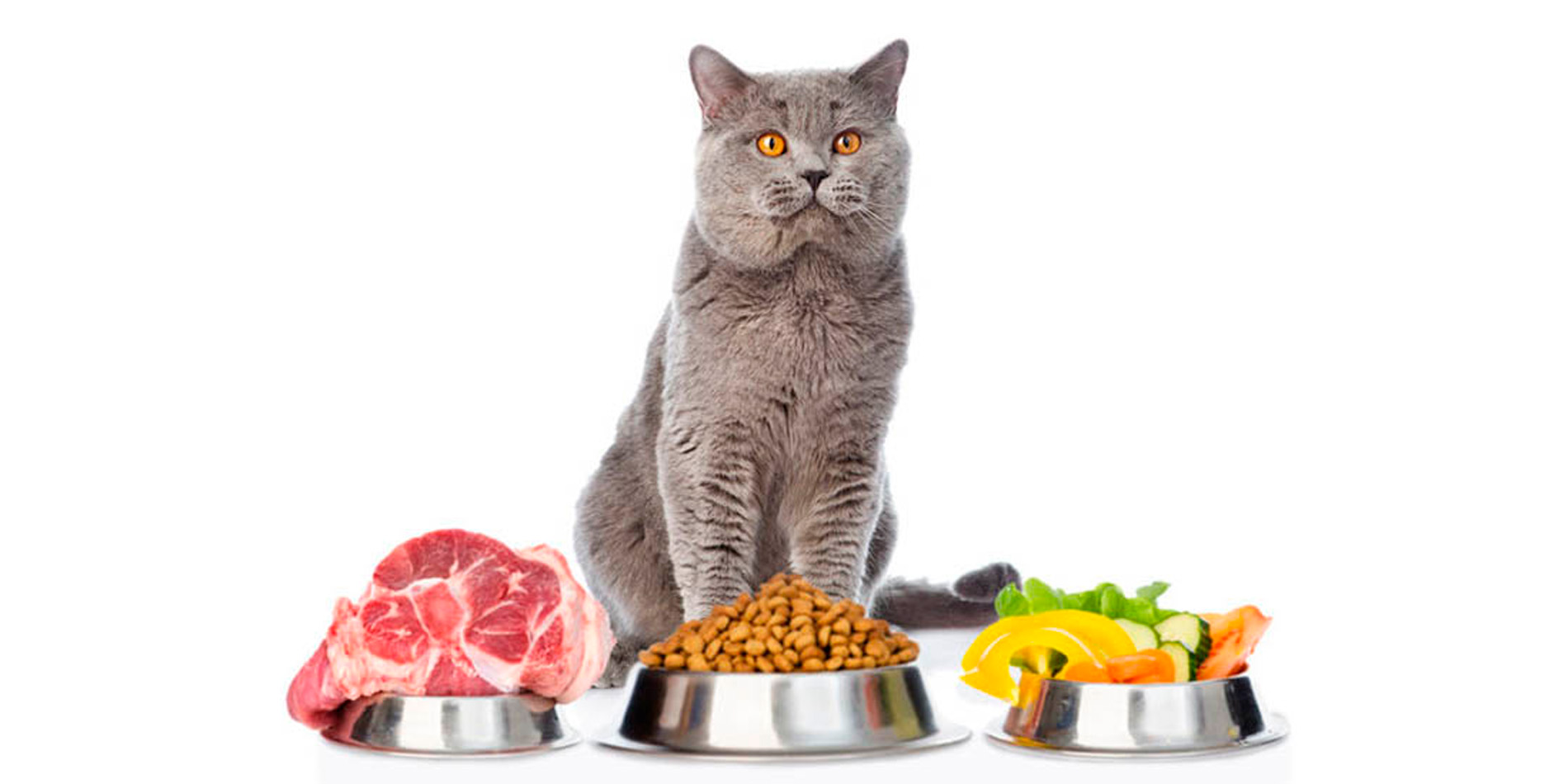Half of cat owners believe their pets should only be fed store-bought food, while the other half argue that natural feeding is the best choice. In reality, both sides are correct.
In this article, we will explore what “natural feeding” entails, its advantages and disadvantages, and which foods provide essential proteins, fats, carbohydrates, fiber, vitamins, and minerals. We will also analyze what foods should never be given to cats and why, along with an example of a balanced menu for natural feeding.
The feline family in the wild primarily feeds on meat, making them obligate carnivores. This means their diet consists of 90% animal (not plant-based!) protein and only 10% fiber. This is because cats require 22 amino acids for a healthy life, many of which their bodies cannot synthesize. Essential amino acids like lysine, tryptophan, valine, histidine, leucine, isoleucine, threonine, arginine, and tyrosine can only be obtained through food, particularly meat.
In the wild, cats eat mice, birds, and lizards. Lacking the enzyme necessary to break down carbohydrates, they cannot digest carb-rich foods. As a result, their metabolism is protein- and fat-based, meaning all essential nutrients come from animal protein and fat.
Note: Carbohydrate-rich foods, such as grains, are indigestible for cats and can interfere with the digestion of other foods.
The pet owner’s task, when transitioning their cat to natural feeding, is to “recreate” the diet evolution designed for cats. This can be done easily by following a few guidelines, which will be discussed later.
Advantages of Natural Feeding for Cats
- Nutrient-Rich Diet
Cats can obtain essential minerals, vitamins, and nutrients without the need for artificial supplementation. - Ideal for Sensitive Pets
Natural food suits cats with food allergies or sensitive digestive systems, as it contains no artificial additives, dyes, or preservatives that could trigger allergic reactions or digestive issues. - Control Over Ingredients
Owners can select fresh, high-quality ingredients themselves, ensuring the best for their pets. - Balanced and Varied Diet
Natural feeding allows for a variety of balanced meals tailored to the cat’s needs.
Disadvantages of Natural Feeding for Cats
- Time-Consuming
Preparing a balanced meal with the right proportions of multiple ingredients requires time and effort. - Higher Costs
Quality fresh meat and other ingredients for natural feeding can be more expensive than commercial cat food, especially for cats with specific dietary needs. - Risk of Foodborne Illnesses
Proper preparation and storage are essential to avoid exposing your cat to bacteria or parasites that could cause infections.
By understanding these principles and committing to careful preparation, natural feeding can provide cats with a healthy, satisfying diet that aligns with their evolutionary needs.
Last modified: November 19, 2024


